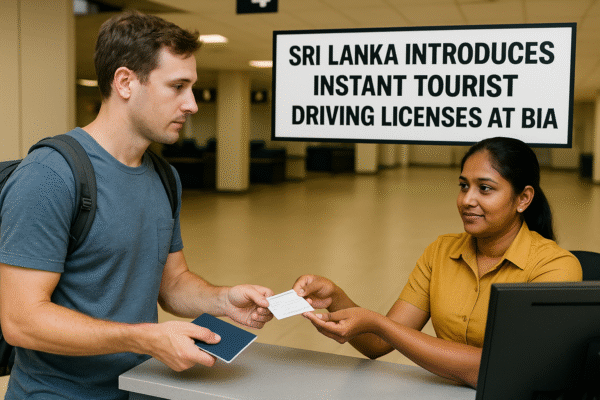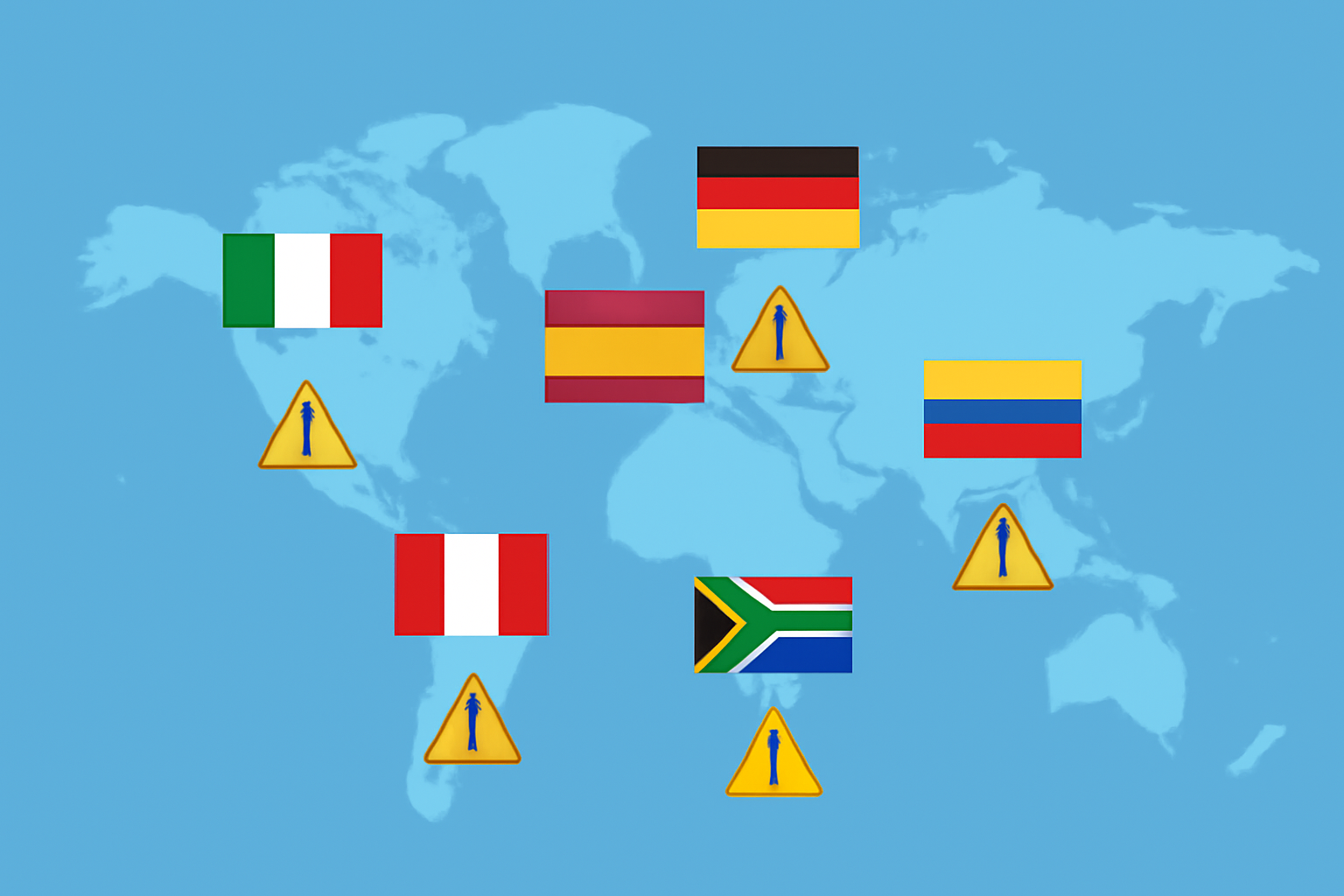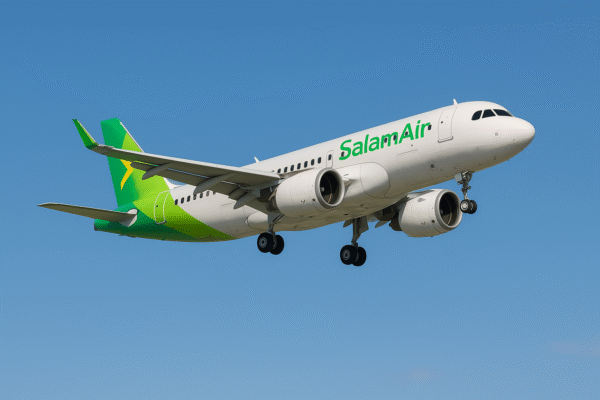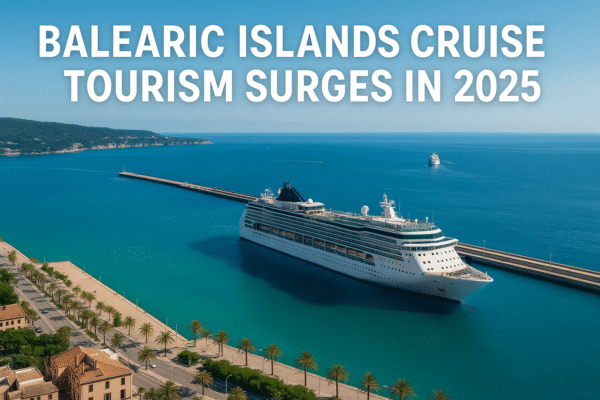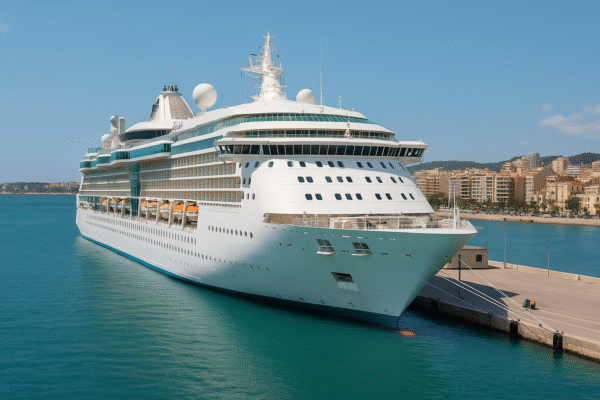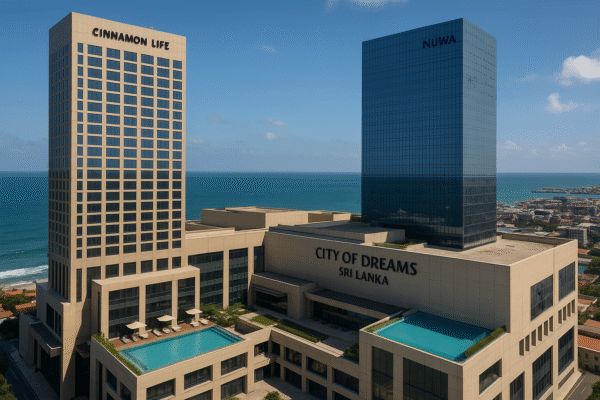The Philippines has welcomed 2.54 million international tourists during the first five months of 2025, reaffirming its global appeal as a beach paradise. However, the country experienced a modest 1.2% decline in foreign tourist arrivals compared to the same period in 2024, raising concerns about its ability to maintain a competitive edge in Southeast Asia’s booming tourism landscape.
According to data released by the Philippine Department of Tourism (DOT), while visitor volume remains substantial, the country trails behind regional counterparts such as Thailand, Vietnam, and Singapore, all of which reported significantly higher arrival figures in the January to May 2025 period. Thailand recorded a staggering 14.3 million international arrivals, Vietnam followed with 9.2 million, while Singapore welcomed over 7 million visitors. Indonesia, too, outpaced the Philippines with 5.63 million foreign tourists.
Despite this, the Philippines continues to enjoy a strong reputation as Asia’s Leading Beach Destination, a title awarded at the 2024 World Travel Awards. Boasting over 36,000 kilometers of pristine coastline, it remains an idyllic escape for beach lovers and island hoppers from around the world. The nation’s renowned beach destinations—Boracay, Palawan, Siargao, and Cebu—continue to draw repeat and new visitors seeking both relaxation and adventure.
South Korea Leads Despite Travel Safety Concerns
South Korea maintained its position as the top source of foreign arrivals with 552,925 tourists between January and May. However, this figure represents a sharp 19% decline from the previous year. Experts attribute the drop to rising safety concerns after a number of incidents involving South Korean nationals in the Philippines, prompting increased caution among travelers.
In response, the Philippine National Police (PNP) and DOT have announced a series of initiatives to strengthen tourist safety, including increased visibility of tourist police, safety briefings for arriving travelers, and enhanced collaboration with foreign embassies.
The United States and Australia Show Growth Potential
The United States emerged as the second-largest source market, sending 442,756 visitors—an increase of 9.67% year-on-year. Meanwhile, Australia, Japan, and China also played critical roles in boosting overall arrivals, although their growth remained relatively steady. Australia has become an increasingly important market due to its high-spending tourists and strong bilateral ties with the Philippines.
China, which had seen a significant dip in outbound tourism due to prolonged travel restrictions and economic headwinds, is gradually rebounding. Recent announcements of direct flights between major Chinese cities and Philippine destinations, such as Cebu and Kalibo, are expected to help reignite demand throughout the remainder of 2025.
Tourism Targets and Strategic Revamp
Despite the decline in arrivals, the Department of Tourism remains optimistic. It has set an ambitious target of 8.4 million foreign visitors by the end of 2025—a 55% increase from the 5.4 million recorded in 2024. To achieve this, the government is intensifying efforts to improve tourism infrastructure, particularly in second-tier destinations, expand air connectivity, and strengthen digital and international marketing campaigns.
The DOT’s new tourism roadmap also includes partnerships with local government units (LGUs) to upgrade tourism facilities, enforce sustainable tourism practices, and provide training to frontline hospitality workers. Digital platforms such as the Travel Philippines app are being enhanced to provide real-time information, language support, and travel safety updates.
The Importance of Regional Tourism Strategy
Tourism Secretary Christina Garcia Frasco emphasized the need for regional tourism competitiveness, noting that the Philippines must differentiate itself by promoting its unique offerings. “We are not merely competing on numbers; we are showcasing our heritage, biodiversity, and genuine Filipino hospitality,” Frasco stated in a press briefing in Manila.
To this end, the Philippines is working closely with the Association of Southeast Asian Nations (ASEAN) to enhance multi-destination travel packages and cross-border tourism campaigns. The “Visit ASEAN” initiative encourages travelers to explore the region with the Philippines as a central hub for beach and cultural tourism.
Geo Tagging and Future Opportunities
With key gateways like Manila (Ninoy Aquino International Airport), Cebu, Clark, and Davao seeing increasing flight frequencies, the government is keen on redistributing tourism benefits to emerging destinations. The planned expansion of airports such as Bohol-Panglao International Airport and Laguindingan Airport in Mindanao reflects this strategic vision.
As international arrivals gradually stabilize and domestic tourism remains resilient, the Philippines’ tourism sector is poised for a comeback—provided it addresses traveler safety, competitive pricing, and infrastructure limitations. Collaboration between government agencies, local stakeholders, and the private sector will be essential to reclaim lost ground and reinforce the Philippines’ status as a premier destination in Asia.
For more travel news like this, keep reading Global Travel Wire



